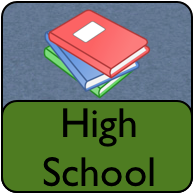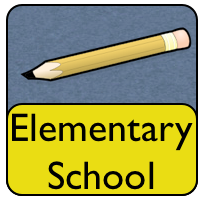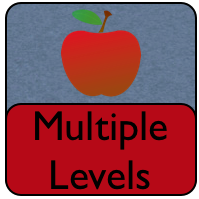In this lesson, students will design an acronym for their ideal label or “check box”. The lesson emphasises emotional wellness through diversity. Students will use primary sources from the Boulder County History Project primary resources site (good examples are: Dalia Sanchez, Jason Romero Jr., and Kelly Sarceno) or the New York Times video op-ed site (good examples are: “A conversation with Latinos on race” or “A conversation with Asian-Americans on race”) and the attached worksheet to create their acronym. A historical view can be explored through the BCLHP primary resource set, Creating an Inclusive Chicano Identity.
Created By: Rebecca Freeman, Longmont High School



